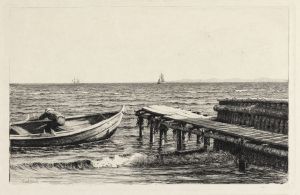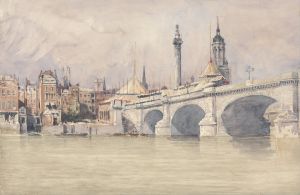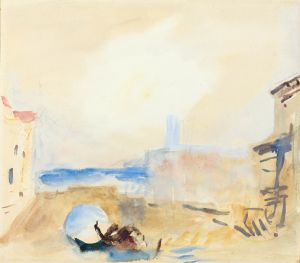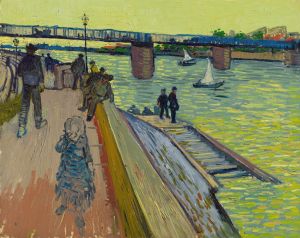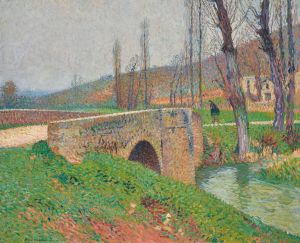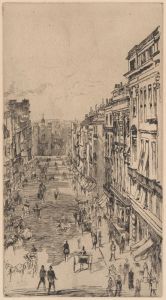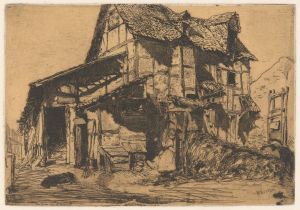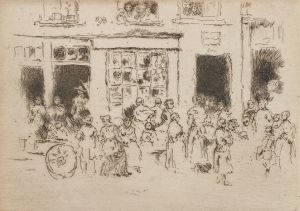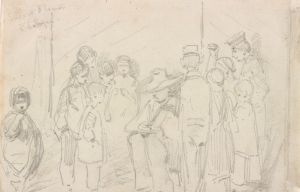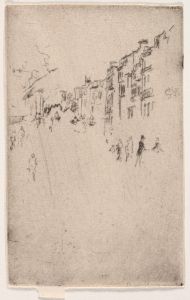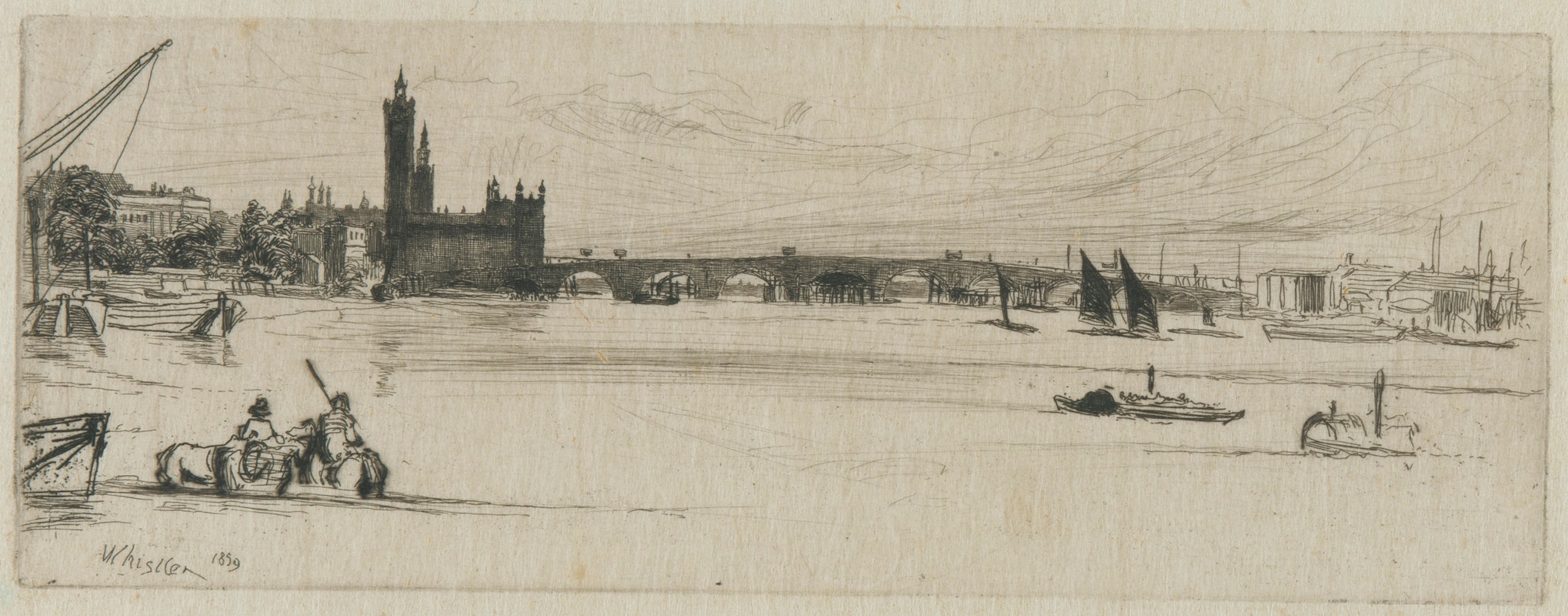
Old Westminster Bridge
A hand-painted replica of James Abbott McNeill Whistler’s masterpiece Old Westminster Bridge, meticulously crafted by professional artists to capture the true essence of the original. Each piece is created with museum-quality canvas and rare mineral pigments, carefully painted by experienced artists with delicate brushstrokes and rich, layered colors to perfectly recreate the texture of the original artwork. Unlike machine-printed reproductions, this hand-painted version brings the painting to life, infused with the artist’s emotions and skill in every stroke. Whether for personal collection or home decoration, it instantly elevates the artistic atmosphere of any space.
James Abbott McNeill Whistler, an American artist active during the late 19th century, is renowned for his contributions to the Aesthetic Movement and his innovative approach to art. One of his notable works is "Old Westminster Bridge," a painting that captures the essence of London's historic architecture and the atmospheric qualities of the cityscape.
"Old Westminster Bridge" is an oil painting created by Whistler in 1859. This work is part of Whistler's early period, during which he was heavily influenced by the Realist movement and the works of Gustave Courbet. The painting depicts the Westminster Bridge, a significant landmark in London, spanning the River Thames. Whistler's portrayal of the bridge is noted for its attention to detail and the subtle interplay of light and shadow, which are characteristic of his style.
The painting reflects Whistler's interest in capturing the mood and atmosphere of a scene rather than focusing solely on its realistic depiction. In "Old Westminster Bridge," he employs a muted color palette, using shades of gray, blue, and brown to convey the overcast sky and the reflective surface of the Thames. This approach highlights Whistler's skill in creating a harmonious composition that evokes a sense of tranquility and timelessness.
Whistler's technique in this painting demonstrates his mastery of tonal harmony, a concept he would further develop in his later works. By carefully balancing the tones and colors, he creates a cohesive image that draws the viewer's attention to the interplay between the natural and man-made elements of the scene. The bridge itself is rendered with precision, yet it is the overall atmosphere that dominates the composition, inviting viewers to experience the scene's quiet beauty.
"Old Westminster Bridge" is also significant for its place within Whistler's broader body of work. It exemplifies his transition from Realism to a more personal style that would later be associated with the Aesthetic Movement. This movement emphasized the importance of beauty and art for art's sake, a philosophy that Whistler championed throughout his career.
The painting is part of the collection at the Museum of Fine Arts in Boston, where it continues to be appreciated by art enthusiasts and scholars alike. It serves as an example of Whistler's early exploration of urban landscapes and his ability to capture the essence of a location through his unique artistic vision.
In summary, "Old Westminster Bridge" by James Abbott McNeill Whistler is a notable work that showcases the artist's early style and his interest in atmospheric effects. Through his use of tonal harmony and a subdued color palette, Whistler creates a serene and evocative depiction of one of London's iconic landmarks. This painting not only reflects Whistler's technical skill but also his evolving artistic philosophy, making it an important piece in the study of 19th-century art.






